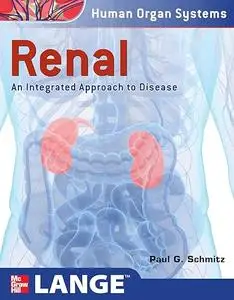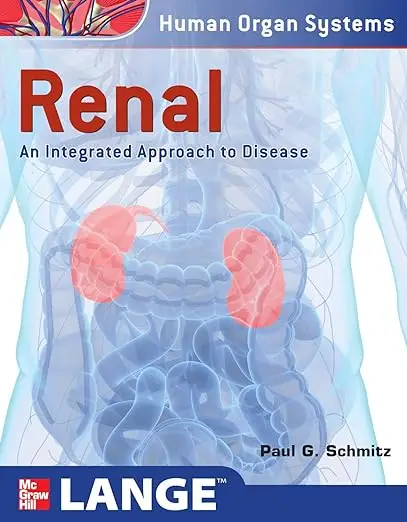Paul G. Schmitz, "Renal: An Integrated Approach to Disease"
English | 2011 | pages: 349 | ISBN: 0071621555 | PDF | 12,1 mb
English | 2011 | pages: 349 | ISBN: 0071621555 | PDF | 12,1 mb
Publisher's Note: Products purchased from Third Party sellers are not guaranteed by the publisher for quality, authenticity, or access to any online entitlements included with the product.
An innovative, organ-specific text that blends basic science with the fundamentals of clinical medicine
Part of the Human Organ Systems series, Renal: An Integrated Approach to Disease skillfully bridges the gap between the science and practice of medicine. This beautifully illustrated book seamlessly integrates the core elements of cell biology, anatomy, physiology, pharmacology, and pathology, with clinical medicine. It is the perfect companion for medical students transitioning to their clinical years, as well as practicing physicians who need a user-friendly update on the basic science underlying the practice of clinical medicine.
Features and highlights include:
- Detailed learning objectives clearly state learning goals
- Core content emphasizes concepts and incorporates the latest developments in the field
- Beautifully illustrated with detailed legends to clarify important or difficult concepts
- Abundant clinical example boxes highlight the clinical implications of basic science
- Each chapter is accompanied by an annotated bibliography to provide an overview of the critical literature in the field
- A bulleted summary at the end of each chapter highlights the “big picture” and facilitates preparation for standardized exams
- End-of-chapter case-based questions with detailed explanations reinforce important concepts and assess mastery of the material
Medical students and residents will find Renal: An Integrated Approach to Disease an invaluable study guide for an organ-system based curriculum. The book also serves as an excellent primer for postgraduate residents entering a nephrology fellowship program.
My Link



